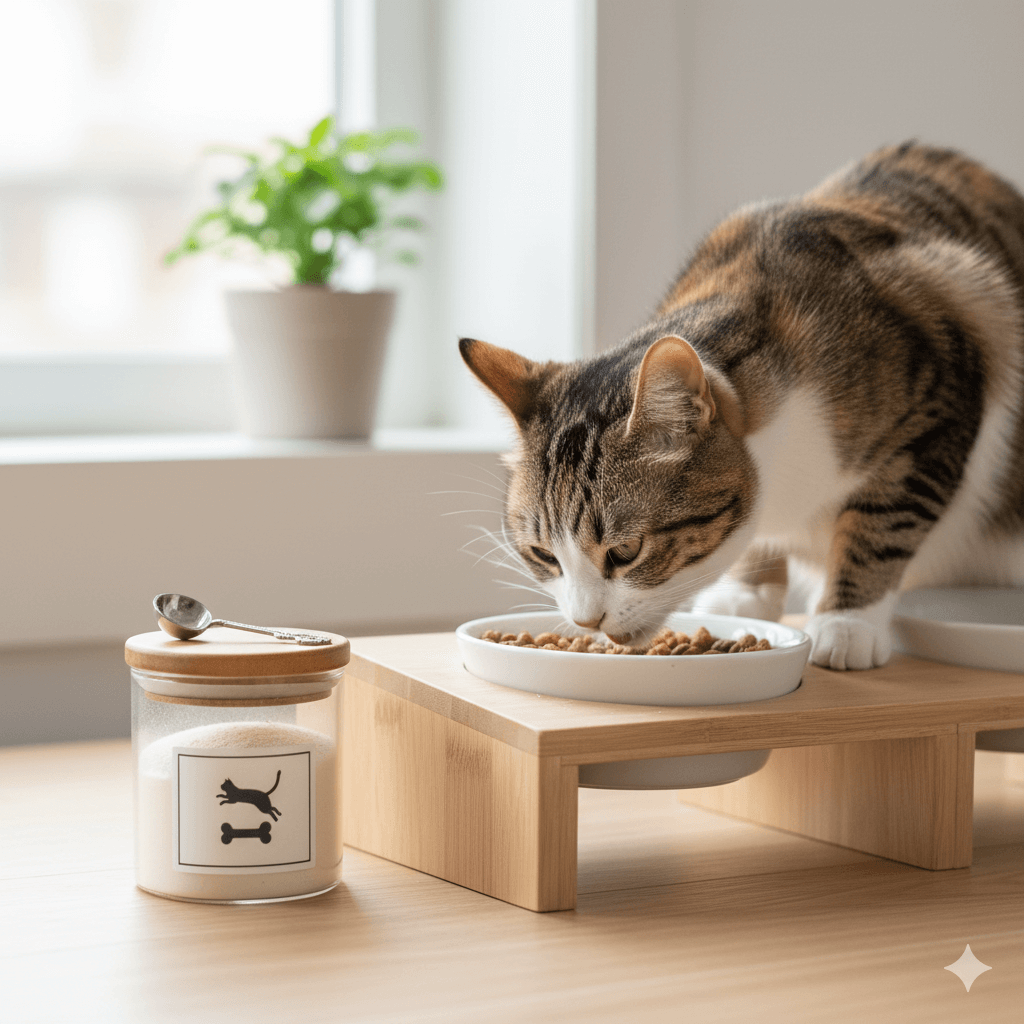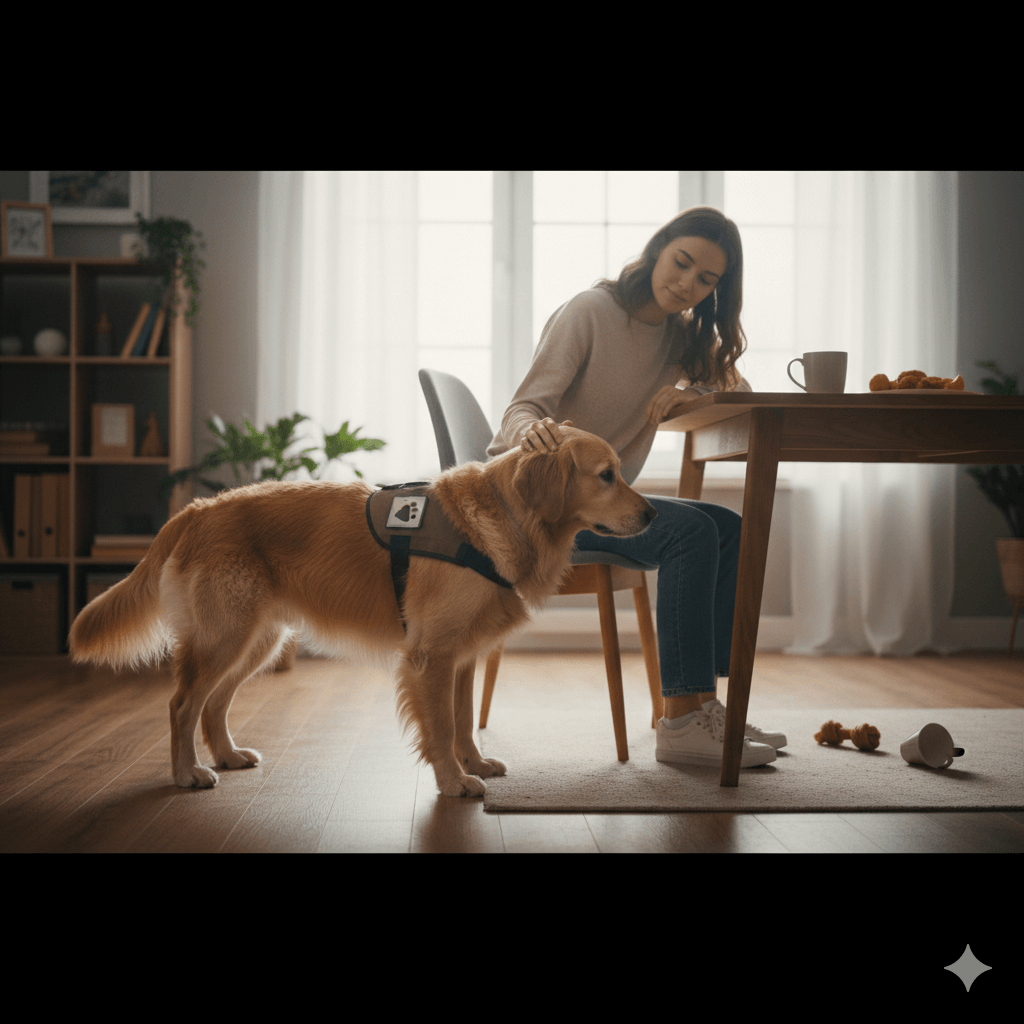My Dog Ate a Peppermint Candy: What You Need to Know
As a dog owner, you’ve probably experienced those heart-stopping moments when your furry friend decides to snack on something they shouldn’t. Whether it’s a rogue sock or an unattended piece of food, dogs have a knack for turning the mundane into chaos. Recently, my dog decided that a peppermint candy was the perfect afternoon treat. While it seemed harmless at first glance, I quickly realized that this little incident might warrant some attention. If you’re in a similar situation, don’t panic—this blog post will guide you through what happened, what you need to know about peppermint candies and dogs, and how to handle such incidents in the future.
Understanding the Risks: Can Dogs Eat Peppermint Candy?
Before we dive into the specifics of what happened with my dog, let’s take a moment to understand the potential risks associated with dogs consuming peppermint candy. While peppermint itself isn’t inherently toxic to dogs, certain ingredients in candies can pose significant health risks. Here are some key points to consider:
Peppermint oil is safe in small amounts but can upset a dog’s stomach if consumed excessively.
Xylitol, a common sugar substitute in sugar-free candies, is highly toxic to dogs and can cause rapid insulin release, leading to hypoglycemia.
Chocolate-covered peppermint candies contain theobromine, which is toxic to dogs and can lead to serious complications.
Hard candies can pose a choking hazard, especially for smaller breeds or overly enthusiastic chewers.
The high sugar content in regular candies can lead to digestive upset, obesity, or even diabetes over time.
If your dog has eaten a peppermint candy, it’s important to assess the situation carefully. Not all candies are created equal, and understanding the potential dangers can help you act swiftly and appropriately.
Signs to Watch For: How to Tell If Your Dog Is in Trouble
If your dog has ingested peppermint candy, it’s crucial to monitor them closely for any signs of distress. While some dogs may experience no issues at all, others could exhibit symptoms that require immediate attention. Here’s what to look out for:
Vomiting or diarrhea, which could indicate digestive upset or poisoning.
Lethargy or weakness, often a sign of low blood sugar caused by xylitol ingestion.
Excessive drooling or pawing at the mouth, suggesting irritation or discomfort.
Difficulty breathing, which could indicate an allergic reaction or blockage.
Seizures or tremors, a severe symptom that requires emergency veterinary care.
If you notice any of these symptoms, contact your veterinarian immediately. Even if your dog seems fine, it’s always better to err on the side of caution and seek professional advice. Remember, early intervention can make all the difference in ensuring your dog’s safety.
Check this guide 👉What to Do If Your Dog Ate Toothpaste: Best 7 Health Tips!
Check this guide 👉What Happens If Your Dog Ate Baking Soda? Best 7 Tips!
Check this guide 👉What to Do If Your Dog Drank Bleach Water: Best 7 Tips!

Symptoms to Monitor | Possible Causes |
|---|---|
Vomiting or diarrhea | Digestive upset or toxicity |
Lethargy or weakness | Low blood sugar (xylitol poisoning) |
Excessive drooling | Irritation or discomfort |
Difficulty breathing | Allergic reaction or blockage |
Seizures or tremors | Severe toxicity or neurological issues |
Preventive Measures: Keeping Your Dog Safe from Harmful Candies
The best way to handle incidents like this is to prevent them from happening in the first place. While accidents can occur, taking proactive steps can significantly reduce the risk of your dog ingesting harmful substances. Here are some preventive measures to consider:
Store candies and sweets out of reach, ideally in closed containers or cabinets.
Avoid leaving candy wrappers or discarded treats on tables or counters where curious pups might find them.
Educate family members and guests about the dangers of feeding human snacks to dogs.
Provide your dog with safe, dog-friendly alternatives to satisfy their sweet tooth.
Train your dog to respond reliably to commands like “leave it” or “drop it.”
By implementing these strategies, you can create a safer environment for your pet and minimize the chances of accidental ingestion. Prevention is always better than cure, especially when it comes to your dog’s health.
What to Do If Your Dog Eats Something They Shouldn’t
Even with the best precautions, accidents can still happen. Knowing how to respond in such situations can help you stay calm and take appropriate action. Here’s a step-by-step guide:
Identify what your dog has eaten and gather as much information as possible (e.g., packaging, quantity).
Call your veterinarian or an animal poison control hotline for advice tailored to your situation.
Observe your dog closely for any unusual behavior or symptoms.
Do not induce vomiting unless explicitly instructed by a professional.
Keep your dog hydrated and comfortable while waiting for further instructions.
Remember, acting quickly and responsibly can make a significant difference in ensuring your dog’s well-being. Always prioritize professional guidance over home remedies.
Safe Alternatives to Peppermint Candy for Dogs
If your dog has a penchant for sweetness, it’s important to provide them with safe alternatives that won’t jeopardize their health. Thankfully, there are plenty of dog-friendly treats and snacks that can satisfy their cravings without the risks associated with human candies. Consider the following options:
Carrots: Low in calories and high in fiber, carrots make an excellent crunchy snack for dogs.
Apple slices (without seeds): A sweet and refreshing treat packed with vitamins A and C.
Peanut butter (xylitol-free): A small dollop of peanut butter can be a delightful reward for your pup.
Blueberries: These tiny fruits are rich in antioxidants and make a perfect bite-sized snack.
Plain yogurt: A great source of calcium and probiotics, but ensure it doesn’t contain added sugars or artificial sweeteners.
By offering these healthy alternatives, you can indulge your dog’s sweet tooth while keeping them safe and nourished. Always introduce new foods gradually and in moderation to avoid digestive upset.
Common Misconceptions About Dogs and Human Foods
Many pet owners mistakenly believe that certain human foods are safe for dogs simply because they aren’t overtly toxic. However, some foods can still cause harm even if they’re not classified as poisonous. Let’s debunk a few common misconceptions:
“A little bit of candy won’t hurt.” Even small amounts of sugary or artificially sweetened candies can upset your dog’s stomach or lead to long-term health issues.
“Dogs can eat anything humans can.” Many human foods, like onions, garlic, and chocolate, are toxic to dogs and should be avoided entirely.
“Natural ingredients mean it’s safe.” Just because something is labeled “natural” doesn’t mean it’s suitable for canine consumption.
“My dog knows what’s bad for them.” Dogs rely on instinct and curiosity, not judgment, when deciding what to eat.
“One accidental snack won’t matter.” Repeated exposure to unsafe foods can accumulate and cause chronic health problems over time.
Understanding these misconceptions can help you make more informed decisions about what your dog consumes. Always prioritize research and consultation with your vet over assumptions.
Fun Ways to Keep Your Dog Entertained Without Food
While treats are a great way to bond with your dog, they shouldn’t be the only form of engagement. Providing mental and physical stimulation through non-food-related activities can strengthen your bond and keep your dog happy and healthy. Here are some fun ideas:
Puzzle toys: These challenge your dog’s problem-solving skills and keep them mentally sharp.
Fetch with a favorite toy: A classic game that provides both exercise and bonding time.
Training sessions: Teach your dog new tricks or reinforce old ones using positive reinforcement techniques.
Walks in new environments: Exploring different parks or trails can stimulate your dog’s senses and curiosity.
Playdates with other dogs: Socializing with fellow canines is a great way for your dog to burn off energy and make friends.
Incorporating these activities into your routine ensures your dog stays entertained and fulfilled without relying solely on food-based rewards. A well-rounded approach to enrichment benefits both their body and mind.
Frequently Asked Questions About Dogs and Peppermint Candy
Is peppermint toxic to dogs?
Peppermint itself is not toxic, but certain ingredients in candies, like xylitol, can be harmful.
What should I do if my dog eats a peppermint candy?
Assess the situation, monitor for symptoms, and consult your veterinarian if necessary.
Are sugar-free candies safe for dogs?
No, sugar-free candies often contain xylitol, which is highly toxic to dogs.
Can peppermint candy cause choking hazards?
Yes, hard candies can pose a choking risk, especially for smaller dogs.
How can I prevent my dog from eating harmful foods?
Store food securely, educate others, and train your dog to avoid inappropriate items.
Stay Calm and Prepared: Your Dog’s Health Matters
While discovering that your dog ate a peppermint candy can be alarming, it’s important to stay calm and assess the situation logically. By understanding the potential risks, monitoring for symptoms, and taking preventive measures, you can ensure your dog stays happy and healthy. Remember, knowledge is power—armed with the right information, you can navigate these unexpected moments with confidence. And above all, cherish every quirky adventure with your furry companion because, at the end of the day, their antics remind us to find joy in life’s little surprises.
Understanding Bone Supplement for Cats: Best 7 Expert Tips! – Safe, vet-approved guidance for strong feline bones & balanced nutrition.
Bone Supplement for Dogs: Best 7 Expert Tips! – Expert guide to calcium, collagen & bone health for every life stage.
Understanding Can Cats Get Sunburn: Best 7 Expert Tips! – Protect your feline from UV damage with vet-backed prevention strategies.
How to Train a Seizure Alert Dog: Best 7 Expert Tips! – Learn expert-backed steps to nurture natural instincts into reliable, life-saving seizure alerts.





